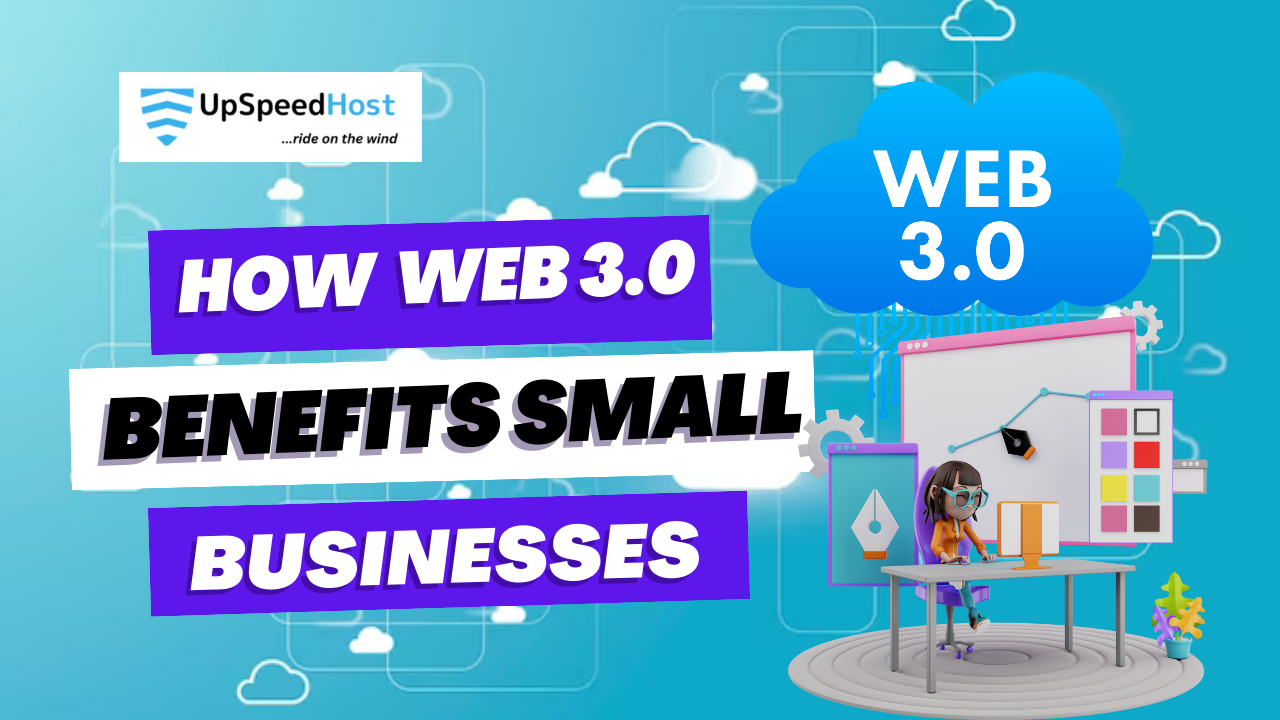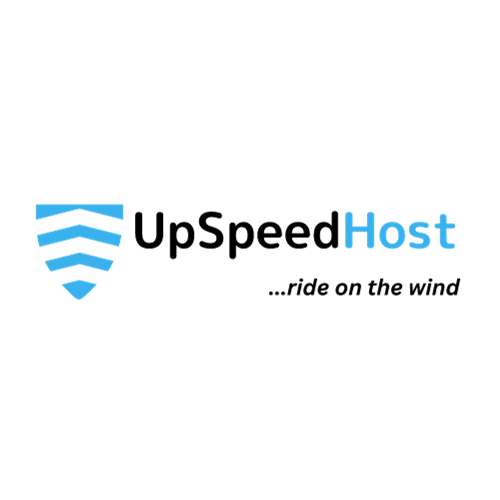While we already discussed the applications of Web 3.0 in web design and through the lens of the metaverse, we haven’t touched upon how small businesses can get a piece of the decentralized pie.
In this article, we will simplify the complex facets of Web 3.0, revealing how its principles reach far beyond just large enterprises and corporations. From data ownership to enhanced security and tailored customer experiences, we’ll spotlight ways businesses can harness Web 3.0 to their advantage, ensuring they remain competitive in an evolving digital landscape.
What is Web 3.0?
Web 3.0 (Web 3) is a concept based around the third generation of the World Wide Web, allowing most Internet users to be connected via a decentralized network and have full access to their own data.
In addition, Web 3.0 will also incorporate new technologies such as the blockchain and token-based economics, revolutionizing how people build websites and make payments online, and accelerating the usage of cryptocurrency.
However, Web 3.0 does not have a standardized definition, so a wide range of technologies can fall within its scope. For example, the rise in artificial intelligence (AI) and machine learning (ML) will play a huge role in the next generation of the web.
Why not Web 1.0 or 2.0?
Previous inceptions of the web (Web 1.0 and 2.0) introduced dynamic and diverse content, resulting in the emergence of social media platforms and other innovative multimedia products. However, the centralized nature of Web 2.0 resulted in large tech organizations having too much control over web user’s data.
Web 3.0, on the other hand, will give users the power to choose who their data is shared with, thanks to cookies, and offers more opportunities to create content and manage it accordingly. These changes will result in a more open, less-censored Internet experience, with AI making web applications more secure.
Web 3.0 advantages include:
- More relevant search results
- The ability to check whether news or reviews are legitimate or fake
- More accurate checks to determine if a user is a human or a robot
- An increase in private-conscious, decentralized platforms
- Better web security to prevent cybercrime
- More secure payment options

Web 3.0 Applications for Small Businesses
In this section, we’ll focus on what Web 3.0 means for small businesses and how you can use it to create actionable plans that will boost your revenue, increase brand awareness, and even help automate parts of your enterprise.
First-party data
The biggest difference Web 3.0 makes to a small business is the ability to collect first-party data, providing valuable insights into target audiences and user behaviors. Gaining a more comprehensive understanding of customer behaviors can be vital in nurturing business growth. These valuable insights can help businesses serve their current client base better, attract new customers with targeted marketing, and provide a great user experience.
Blockchain technology
The blockchain is a decentralized, distributed, and public digital ledger used to record transactions across a large number of computers while ensuring any records cannot be altered.
This provides a higher level of security and transparency and provides a foundation for cryptocurrency payments, which are now favored by many online users when making a transaction.
Offering customers the option to make cryptocurrency payments helps future-proof online businesses and ensure they are ready for sudden shifts in purchasing habits.
However, there are plenty of issues that need to be resolved before everyone can enjoy the fruits of a decentralized web.
Thought leadership
With more platforms and tools to help create quality content and maintain control over it, small businesses can establish themselves as thought leaders within their field, reaching out to new audiences and establishing partnerships with like-minded organizations.
By sharing expert knowledge and providing helpful advice, online content produced by businesses can gain far more traction thanks to Web 3.0.
Although many small businesses don’t view themselves as ‘voices’ per se, you can still become an authority precisely by tracking and sharing your progress with adopting Web 3.0.
And with the rising importance of backlinks in Google’s ranking algorithm, this is a great opportunity to become an authoritative source on a niche topic. Share your experiences, blunders, and impressions with Web 3.0, setting your business apart from the competition.
Expansion to different geographical locations
As a completely global and decentralized ecosystem, Web 3.0 would give businesses, large and small, the opportunity to reach new markets, regardless of their geographical location. For example, an organization could look to launch a new arm of their business in a completely new country without having any physical office or infrastructure there.
Artificial Intelligence (AI) and Machine Learning (ML)
AI and ML will play a key role in the growth of businesses over the next decade, helping to improve operational efficiency, streamline and automate processes, gain better customer insights, and much more.
Even the smallest business can benefit from this new technology, helping them to quickly analyze large data sets to identify patterns and make accurate predictions that can effectively drive the organization forward.
AI and ML will take the guesswork out of business decision-making, evaluating historical trends and user behaviors while considering market changes and competitor activities.
Personalized customer service and marketing
The insights provided by AI and predictive analytics can also be utilized for more personalized customer service and marketing campaigns. Customers can be organized into specific groups in a process referred to as segmentation.
Each segment relates to a certain type of customer, for example, lapsed customers or regular clients.
This allows targeted campaigns to be created, allowing different narratives and content to be issued across a range of channels that directly speak to this type of customer.
Segments can be created based on a customer’s purchasing history, geographical location, interest, and more, with customized approaches developed to help increase revenue and boost customer loyalty.
Customer experience
Improved analytics, targeted content, and more attentive customer services are some of the many benefits of Web 3.0, combining to create a greater customer experience.
Technology such as chatbots can ensure customers can get instant answers to their queries, but there is no limit to how businesses can use Web 3.0 advancements to increase customer satisfaction.
If you’re having trouble grasping the value of Web 3.0 on a small scale, let’s go even smaller and use Uber drivers as an example.
A driver can, for instance, initiate feedback requests with a smart contract. Upon receiving a low rating, they can prompt the customer to submit a response in a private environment.
Likewise, this lets them gamify the experience, keep cleaning records for customers to see, and even offer limited-edition NFT to the most loyal riders. And that’s just the tip of the iceberg regarding Web 3.0 applications for your small business. As long as it involves creativity and security, blockchain has a place there.
Are You Ready to Incorporate Web 3.0 Technology?
Web 3.0 involves integrating a wide range of technologies in a decentralized way to provide more control, transparency, and security for anyone using the Internet. For small businesses, this presents an amazing opportunity to gain a competitive edge and ensure future growth.
By integrating AI, cryptocurrency payments, and fortifying data with advanced cybersecurity systems, businesses become a more attractive proposition for new customers while also improving their overall service for existing clients.
And this is just the beginning, as technology continues to evolve and more and more of it builds on the blockchain and other Web 3.0 features. Getting started with this technology now will help you strengthen your business as we head into 2024 and beyond.

